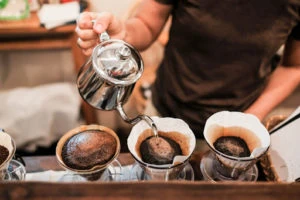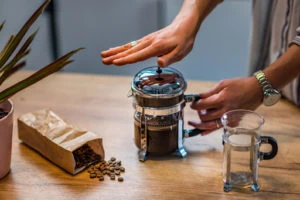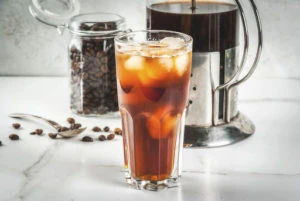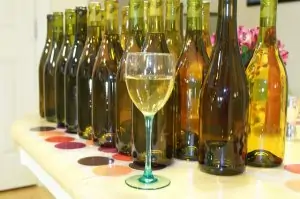
Winemaking, also known as vinification, is the process of turning grapes or other plants into a fermented alcoholic beverage. Wine made from grapes comes in two general categories, un-carbonated wine, and carbonated wines. The sparkling types, such as Champagne, fall into the second category. The most well-known wine made from something other than grapes is called mead. Mead is a wine made with honey as its primary ingredient.
Winemaking 101
After the harvest, grapes are prepared for primary fermentation. For red wines, the skins are kept with the liquid after the pressing. With white wines, the skins are removed at this stage. This primary fermentation takes between one and two weeks. To briefly run through what is a complicated business, I’ll just list the stages involved.
Following the harvesting and crushing, a further pressing follows the primary fermentation. Next, a process called cold stabilization causes secondary malolactic fermentation. After these processes are complete, laboratory testing takes place, followed by blending and fining. Preservatives are added at this stage before filtration and bottling.
Of course, it is the quality of the grape that is the most important deciding factor in the taste of the finished product. This quality can be affected by weather, soil mineral content and acidity, the time of harvest, and even the pruning methods (this is often what’s referred to as terroir).
The United States is the fourth largest wine producer in the world after France, Italy, and Spain.
Serve up some delicious appetizers that pair wonderfully with sparking wine! Get some ideas on the best appetizers to serve with Champagne at your next party!
Home winemaking
People have been making homemade wine almost as long as they have been making homemade beer. On a home level, in North America, wine is made more than beer owing to cultural, legal, and production reasons. Part of the reason for such popularity is the ability to use indigenous fruits and vegetables. As long as a source of sugar is available, virtually any fruit or vegetable growing locally can be made into wine.
Check out the Strange Brew Deluxe Wine Making Kit at Amazon
Of course, there are differences between homemade and professionally-made wines, but home vintners can produce some lovely wines indeed.
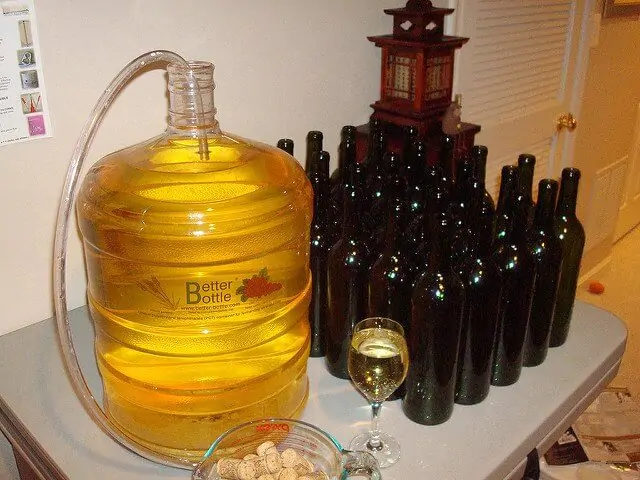
The history of home winemaking
When prohibition ended in the United States in 1933, the decision on home winemaking was left to individual states. Most states allowed it to take place. The legislative oversight on beer was much more strict. Making beer at home remained a violation of federal law until 1979.
There was a huge surge of interest in home wine-making in the early 1970s. Small specialty shops sprang up across the states. After a couple of years, they disappeared almost as quickly as they arrived. One of the main reasons for this disappearance was because, apart from a few states such as California, consumers couldn’t easilyfindthe quality ingredients they needed.
These days, home winemaking is making a comeback, especially in Canada. It’s picking up steam in the United States as well. Part of this is because there’s a large demand for wines that aren’t produced using questionable farming techniques.
Did you know that the coffee industry has a track record of less-than-ideal practices? Find out about the best single-cup coffee maker and the fair trade coffees that you can brew in it.
Wine kits
The introduction of boxed wine kits has also been helpful in encouraging home winemaking. A wide variety of wine types can be enjoyed this way. I do need to mention something about the quality of some of these kits, however. Some are definitely better than others. For example, if the second ingredient is invert sugar, then this will likely make the wine taste thin. Invert sugar is good for baking and perhaps country wines. It’s not good for regular wine making because it leaves a tart aftertaste. The next thing to check is where the fruit for the wine you want comes from. Finally, if the price of what seems like a good quality wine is too good to be true, then it is.
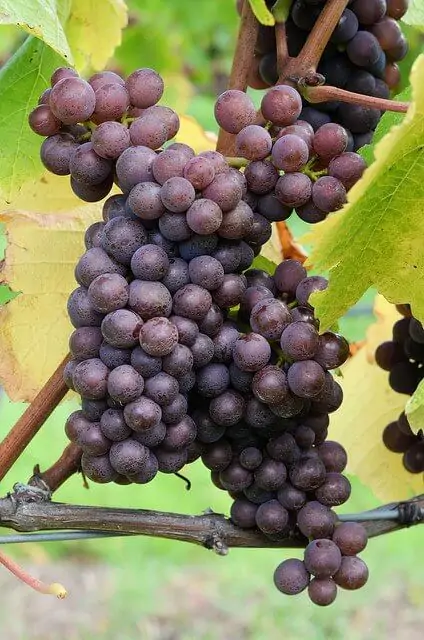
Corks for homemade wine makers
The type of cork you use to seal your wine bottles is crucially important. It can be the difference between producing a very good wine, or a very bad one.
Stop struggling to open those bottles! Learn about the wine keys popular amongst the professionals.
Agglomerate corks
Wine making stores often stock something called agglomerate cork. This type of cork is made from smaller pieces of cork bark compressed together to form a whole cork. It is the lowest quality cork used by winemakers. Although this may seem like a good bargain, there are some problems associated with it, the main one being leakage, which can end up causing your wine to become tainted.
Store your homemade wine in style.
These are the best wine racks for a basement wine cellar.
Bark corks
The highest quality cork is cut from a single piece of cork bark and is about triple the cost. This is the cork most used by wineries. The use of top quality cork by wineries is supposed to help cut down on spoilage. However, about 5% of all wine produced commercially is spoiled. That is 1 in every 20 bottles! This spoilage is attributed to a fungus on the corks. For this reason, many wineries are changing over to synthetic corks or metal screw tops.
Synthetic corks
Synthetic corks are a good option for you if you wish to avoid the problem of fungus spoiling the wine.
Check out Nomacorc Synthetic Wine Corks at Amazon
They are also cheap if you buy in bulk. The price can be as low as the cost of agglomerate corks. Storing them is easy, as you don’t have to worry about humidity as you do with genuine corks. You don’t have to keep them wet, and you can store your bottles any way you like. Although, you should always stand them upright for the first 24 hours after bottling to allow any compressed air to escape.
Sip happy!
Choosing a good cork is an important part of the home winemaking process and shouldn’t be overlooked. Think about which corks are suitable for you and your needs. Winemaking can be a lot of fun, and doing the necessary research is all part of the process!
For more reviews of equipment for your favorite alcoholic beverages, check out the best home margarita machine. You’ll also want to make sure you have the best margarita mix for your machine! And what bottle openers is best for bartenders? Read this post to find out. Sommeliers should check out these top corkscrews.
Got some cheese to go with that wine? Keep your cheese fresher for longer with these tips on how to store cheese in the refrigerator.
Did you have a little too much to drink? Find out which foods can help you get over a hangover.



